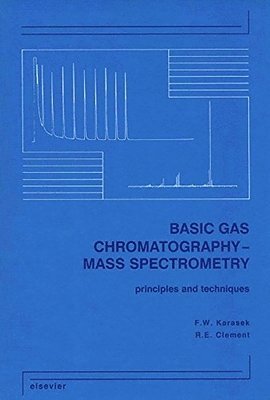
Fler böcker inom
- Format
- EPUB
- Språk
- Engelska
- Antal sidor
- 220
- Utgivningsdatum
- 1988-02-01
- Förlag
- Elsevier Science & Technology
- Medarbetare
- Karasek, F W (förf.) / Clement, R E (förf.)
- Dimensioner
- 233 x 155 x 19 mm
- Vikt
- Antal komponenter
- 1
- ISBN
- 9780444427601
- 567 g
Basic Gas Chromatography-Mass Spectrometry
Principles and Techniques
EPUB,
Engelska, 1988-02-01
575
- Skickas från oss inom 7-10 vardagar.
- Fri frakt över 249 kr för privatkunder i Sverige.
Finns även som
Passar bra ihop
De som köpt den här boken har ofta också köpt Atmosphere av Taylor Jenkins Reid, Taylor Jenkins Reid (häftad).
Köp båda 2 för 790 krKundrecensioner
Fler böcker av författarna
-
Mass Spectrometry in Environmental Sciences
O Hutzinger, F W Karasek, S Safe, F W Karasek
During the past ten years a variety of methods involving mass spectrom etry have been developed for the analysis of environmentally important compounds. Much has been accomplished in that period to solve some of the important problems in the field...
Du kanske gillar
-
Proto
Laura Spinney
Häftad -
Nexus
Yuval Noah Harari
Häftad


